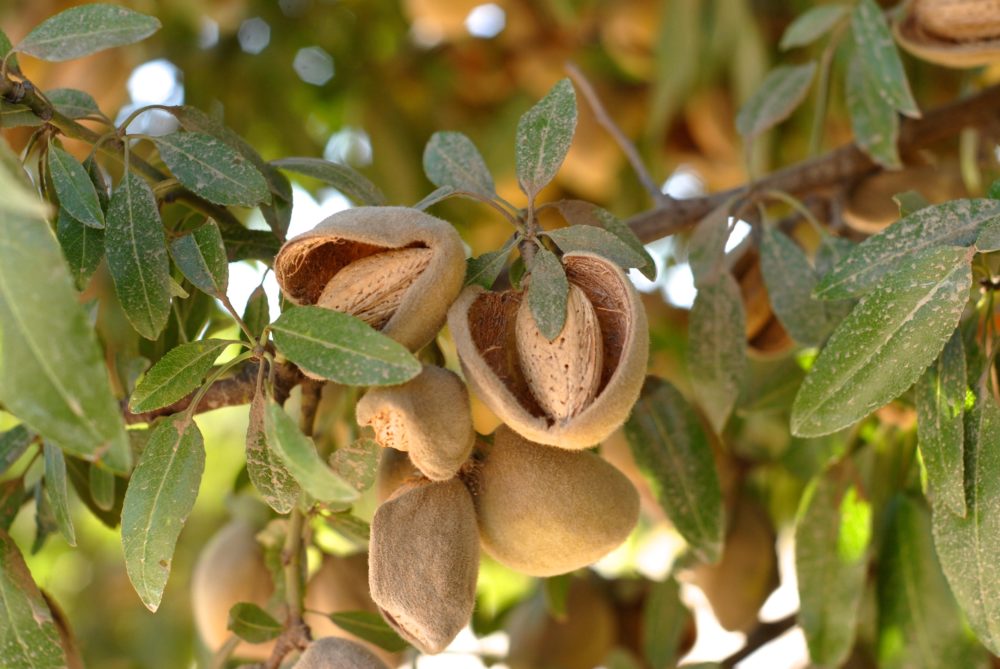Grants Available for Biological Integrated Farming
CDFA Offering Grants for Biological Farming Systems
The California Department of Food and Agriculture (CDFA) is now accepting grant applications for its Biologically Integrated Farming Systems (BIFS) Program and its Proactive Integrated Pest Management (IPM) Solutions Program, administered by the Office of Pesticide Consultation and Analysis (OPCA).
BIFS GRANTS
The goal of the BIFS grant program is to fund on-farm demonstration and evaluation of innovative biologically-based farming systems that employ Integrated Pest Management (IPM) strategies. CDFA is responsible for supporting agricultural production in California by fostering innovative, efficient and scientifically sound practices.
Applications are due on 5 p.m., October 31, 2019. Detailed information on the Biologically Integrated Farming Systems program, including the application process and requirements, is available at https://www.cdfa.ca.gov/
OPCA received a one-time appropriation of $2 million for BIFS as part of the 2019-2020 budget that will be allocated in two blocks: $1 million in the current solicitation and another $1 million in 2020-2021.
PROACTIVE IPM SOLUTIONS GRANTS
The goal of the Proactive IPM Solutions Program is to anticipate exotic pests likely to arrive in California and to identify and test IPM strategies which can then be quickly implemented if the pests are detected. CDFA is responsible for preventing and mitigating invasive pests. Techniques resulting from this proactive approach will allow for rapid deployment of management plans.
Applications are due at midnight, October 31, 2019. Detailed information on the Proactive IPM Solutions Program, including the application process and application requirements, is available at https://www.cdfa.ca.gov/
A total of $1.2 million amount is available for Proactive IPM Solutions in this grant cycle. Funds for the current Request for Proposal (RFP) come from two sources. First, OPCA received an annual appropriation of $544,000 for this and other research as part of the 2019-2020 budget. An additional $3.5 million was allocated in the 2019-2020 budget to specifically help California’s farmers transition away from chlorpyrifos, an insecticide that has long been used to combat newly-arrived invasive pests but is being phased out in California.
OPCA provides consultation to the California Department of Pesticide Regulation (DPR) on pesticide regulatory matters. The office’s consultative activities focus on potential pesticide regulatory impacts and pest management alternatives that may mitigate or prevent such impacts on production agriculture. OPCA staff is also involved in other projects relating to pesticide use and alternatives. Information on the Office of Pesticide Consultation and Analysis is available at https://www.cdfa.ca.gov/






















